As the saying goes, "water makes the flowers active, and fertilizer makes them strong", here is a summary of the key points of "watering and fertilizing" for Kalanchoe
There is a common saying in flower cultivation: "Water makes the plants live, and fertilizer makes them strong." This is very reasonable. Plants can basically survive as long as they are watered, but they need fertilizer to grow stronger and stronger. Xiaomei loves Kalanchoe the most, so this article will specifically talk about how to water and fertilize Kalanchoe.
1. Water the Kalanchoe
First of all, we need to understand that Kalanchoe is a succulent plant belonging to the Crassulaceae family. Although it does not have thick leaves like other regular succulents, its branches and leaves are indeed fleshy and much thicker than the leaves of ordinary plants. Plants with thick leaves are particularly drought-resistant, and the same is true for Kalanchoe. In addition, Kalanchoe has a short root system and is afraid of waterlogging, so you must pay attention to watering it normally. Don't water it too much or too diligently, otherwise it will easily rot the roots or blacken the stems.
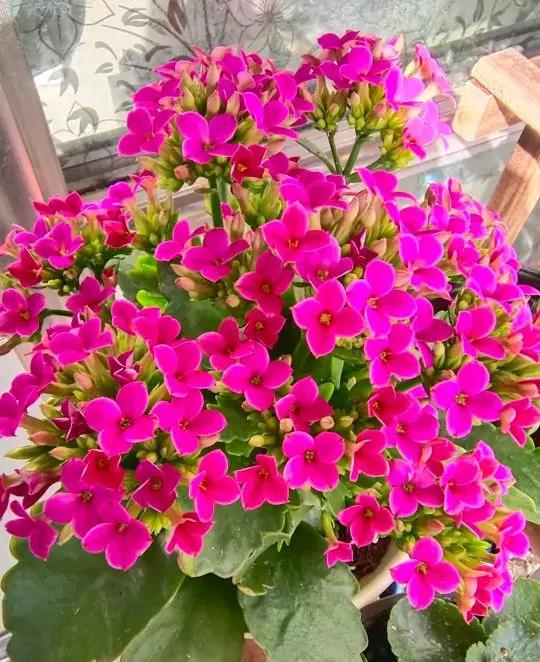
▲Rose-red single-petal Kalanchoe, picture from Huayou Huajian Wine
When watering Kalanchoe, pay attention to the following 4 points
1. Water more in spring and autumn, and less in summer and winter
In spring and autumn, when the temperature is suitable, Kalanchoe grows faster and the soil in the pot dries quickly, so you can water it more often. In summer, when the temperature is high, Kalanchoe enters dormancy, and in winter, when the temperature is low, Kalanchoe grows slowly or even stops growing, so you should water it less in these two seasons.
Of course, the above statement cannot be too absolute, because taking spring as an example, its span is very large. For example, in early spring, the temperature is still very low, so you should water less at this time. Only when it enters April and May, the temperature has risen steadily, and the Kalanchoe enters a stable growth state, you can water it a little more.
For example, in winter, some areas have high temperatures all year round, while some areas have indoor heating in winter, and the temperature can even be maintained stably above 20℃. In both cases, you can water the plants a little more.
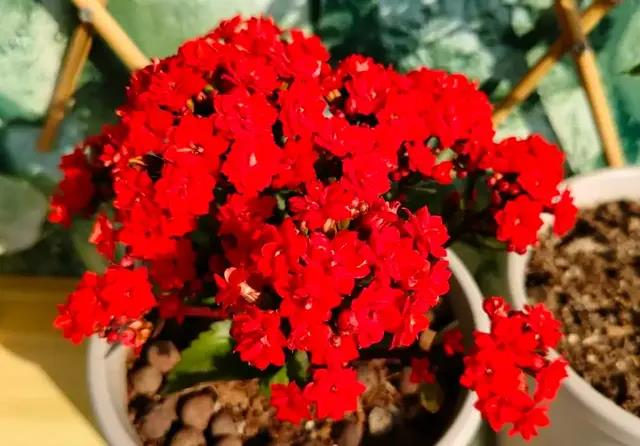
▲Double-petaled red Kalanchoe, picture from flower friend Different Sky 3
2. Do not water on consecutive rainy days, but ensure ventilation
I don't know when the rainy season arrives in other areas, but the rainy season in Xiangtan, Hunan Province is from May to June every year. Continuous rainy days make the air humidity very high, and the sunlight is insufficient. The longevity flower grows very fast, but the branches grow very weak. At this time, we need to stop watering to control its vigorous growth. At the same time, we must ensure that the environment is ventilated, otherwise the branches are prone to powdery mildew.
3. Water less when the air humidity is high, and water more when the air is dry
The air humidity in the south is generally higher than that in the north. For example, I have a thermometer and hygrometer at home, so every time I look up at the screen, I know the temperature and humidity. In Hunan, the humidity is around 50% to 60% throughout the year, which is relatively high.
When the air humidity is high, the water in the flowerpot evaporates much more slowly, so the frequency of watering should be reduced. In the northern region, the air humidity is definitely low and the air is dry, so the water in the flowerpot can easily evaporate into the air, so the frequency of watering must be slightly higher.
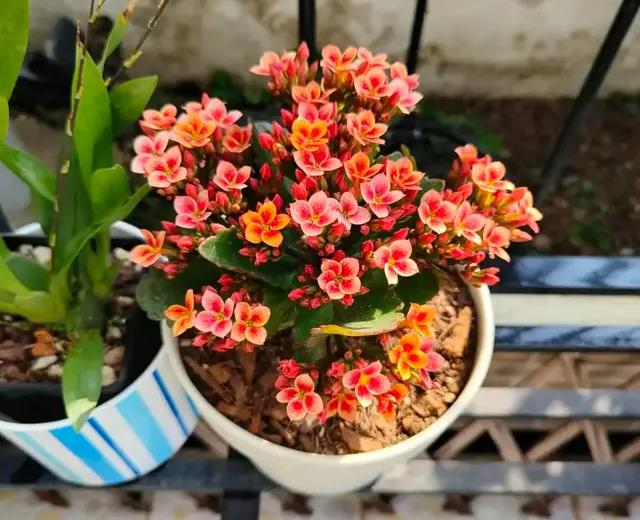
▲Single-petal Kalanchoe danxia, picture from flower friends Different Sky 3
4. Water thoroughly, avoid watering halfway or at the edge of the pot.
Every time you water the Kalanchoe, make sure to water all of its soil at once, and never water halfway or let the water just flow down the edge of the pot. If the center of the pot doesn't get water in, the Kalanchoe will still not absorb enough water and will dry up.
If the soil is too compacted and difficult to water, it is recommended to water it by immersing the pot. That is, prepare a slightly larger basin, add half a basin of water, put the Kalanchoe in the basin with the flowerpot, and let the soil absorb water from the bottom to the top, so that the entire pot soil slowly absorbs water.
Of course, to completely solve the problem of the pot soil being difficult to water thoroughly, we need to solve it from the root, that is, to change the soil for the Kalanchoe to slightly loose and well-drained soil, and not just use the hardened and heavy garden soil. The soil Xiaomei uses to plant Kalanchoe is a mixture of half garden soil, half coconut bran and a small amount of perlite.
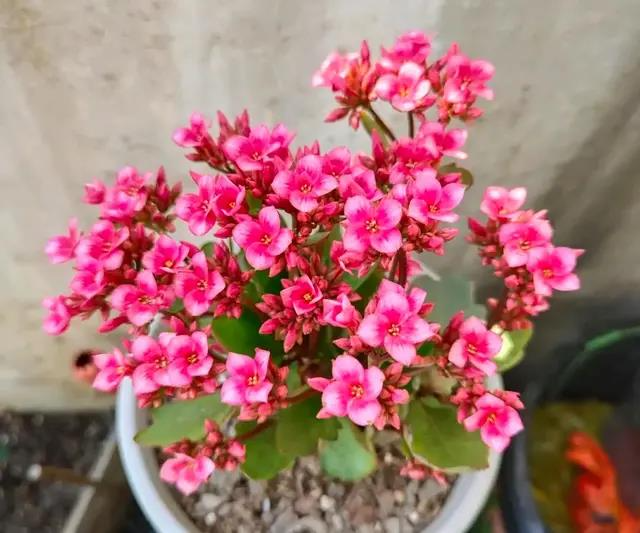
▲Single-petal Kalanchoe watercolor, picture from flower friend Different Sky 3
2. Fertilize Kalanchoe
If you want the Kalanchoe to grow strong, fertilization is essential. Since the Kalanchoe grows slowly and its plants are not too tall, the amount of fertilizer required is relatively small. Although the amount of fertilizer required is small, it is essential.
When fertilizing Kalanchoe, pay attention to the following 4 points
1. Avoid applying concentrated fertilizers, and pay attention to applying thin fertilizers frequently
As mentioned above, Kalanchoe requires a relatively small amount of fertilizer, so you must not apply concentrated fertilizers. Even if it is safer organic fertilizer applied to the soil, you should not apply too much.
After all, Kalanchoe is not like roses or hydrangeas, which grow very fast. In just one or two months, a small plant can grow into a large clump. When fertilizing roses or hydrangeas, a large amount of base fertilizer is usually applied to the soil, but the amount of base fertilizer applied to Kalanchoe must be small. You can sprinkle a small handful of yellow granular slow-release fertilizer in the middle of the flowerpot every time you change the pot.
In addition, when applying liquid foliar fertilizer during the growing season, the concentration must be controlled at around 1000 times. Too high a concentration will burn the leaves or new roots.
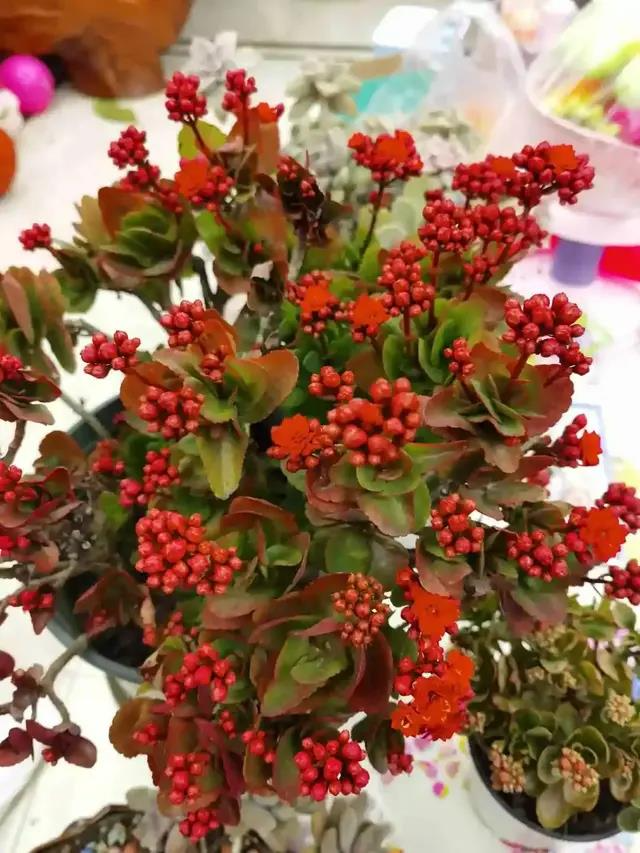
▲The picture comes from flower friend Dong Bin 239
2. Do not apply raw fertilizers, decomposed organic fertilizers are better
It is not just Kalanchoe, other flowers should not use raw fertilizers, although burying fish intestines and fish scales in roses in winter can promote flowering next year. But except for roses, other flowers should not use raw fertilizers. Especially Kalanchoe, the plant is small, planted in a small flowerpot, if you still use raw fertilizers, how strong will the smell be, how many insects will it attract?
In addition to the relatively safe yellow granular slow-release fertilizer mentioned above, you can also use decomposed cake fertilizer or sesame seeds to sprinkle in the middle of the flowerpot to provide sufficient nutrients for the Kalanchoe. Pay attention to the amount, a small handful is enough.
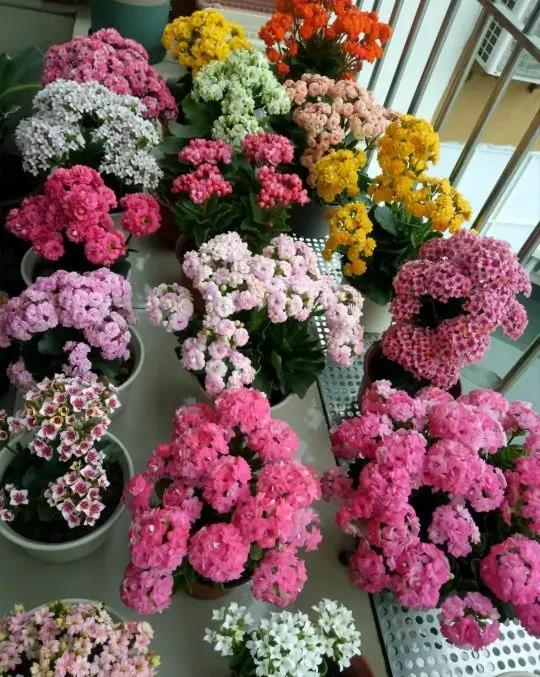
▲The picture comes from flower friend Shenzhen Lingjie
3. Apply more fertilizer during the growing period and no fertilizer during the dormant period
When the temperature is stably maintained between 18℃ and 25℃, the growth rate of Kalanchoe is particularly fast, or it is just entering the period of bud formation. At this time, more fertilizer must be applied. While applying fertilizer, sufficient light must be ensured, because with sufficient light, the leaves can photosynthesize, so that the fertilizer can be reasonably used. Otherwise, it cannot be converted into the nutrients needed by the plant. On the contrary, the fertilizer has been accumulating in the soil, the concentration becomes high, and it is easy to burn the roots.
When the temperature is high in summer (the temperature is stable at 30 or 35℃ or above), the Kalanchoe enters a dormant period. At this time, it neither grows nor dies, so do not fertilize it.
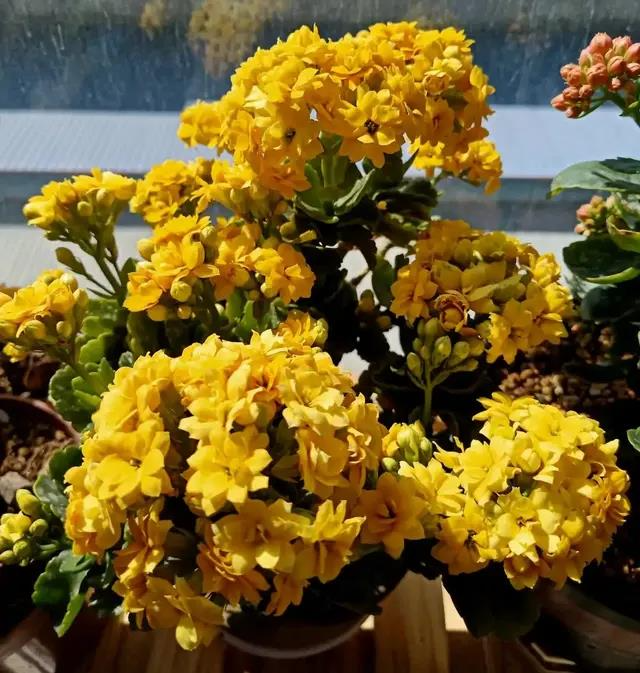
▲The picture comes from flower friend pushwat
4. You cannot simply decide whether to fertilize or not based on the season
You cannot simply decide whether to apply fertilizer based on the season. For example, many friends say that spring and autumn are the growing seasons, so you should apply fertilizer in spring and autumn, and no fertilizer is needed in other seasons. In fact, this is not the case.
In winter, almost all friends in the north, and even some friends in the south, have heating at home if conditions are good. With heating, the air temperature at home can be maintained at least 18℃, and the longevity flowers will grow rapidly. At this time, you can apply some fertilizer to make the longevity flowers that have no flower buds quickly form flower buds; and make the longevity flowers that have flower buds bloom quickly and enter the flowering period.
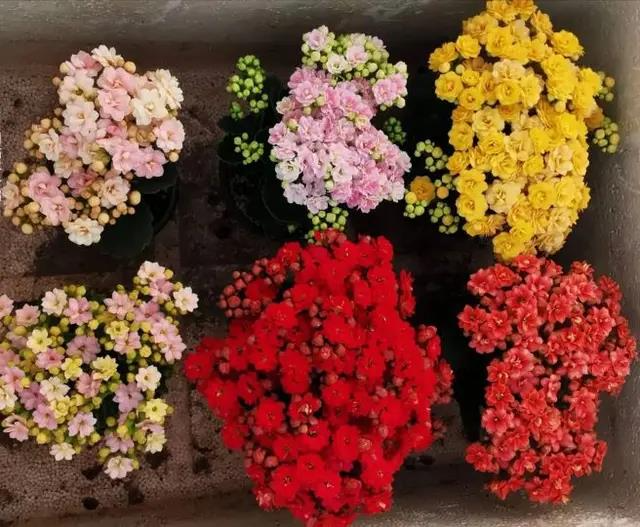
▲The picture comes from the flower lover who doesn’t want to hang clothes
There is a saying in flower cultivation: "Water makes the flowers active, and fertilizer makes them strong." Is there any truth to this? What do you think, my dear flower lovers?